Bourke Shire Council is the Local Government body empowered with the control and eradication of noxious weeds within the area of Bourke Shire Council, both rural and urban. Under the Noxious Weeds Act 1993 No 11, Council is responsible for controlling noxious weeds on land that it owns and or controls, on roadsides and vacant Crown Land. Council is responsible for ensuring that all owner/ occupiers of private land fulfil their obligations under the Noxious Weeds Act.
What is a Noxious Weed?
Although there are many plants that could be classed as weeds, only plants which have a detrimental effect, or cause serious economic loss to agriculture or the environment, are considered for declaration for noxious weeds.
As of 1st March 2006, there are 5 categories of noxious weeds.
Class 1, State Prohibited Weeds,
Class 2, Regionally Prohibited Weeds,
Class 3, Regionally Controlled Weeds,
Class 4, Locally Controlled Weeds,
Class 5, Restricted Plants.
Class 1 noxious weeds are plants that pose a potentially serious threat to primary production or the environment, and are not present in the State or are present only to a limited extent.
Class 2 noxious weeds are plants that pose a potentially serious threat to primary production or the environment, of a region to which the order applies and are not present in the region or are present only to a limited extent.
Class 3 noxious weeds are plants that pose a serious threat to primary production or the environment of an area to which the order applies, are not widely distributed in the area and are likely to spread in the area or to another area.
Class 4 noxious weeds are plants that pose a threat to primary production, or the environment or human health, are widely distributed in an area to which
the order applies and are likely to spread in the area or to another area.
Class 5 noxious weeds are plants that are likely, by there sale or the sale of their seeds or movement within the State or an area of the State, to spread in the State or outside the State.
Weed Control Methods
Control of weeds can take many forms; spraying with herbicides, physical removal, burning, grazing by stock, biological control agents or cultivation among others.
Please note that there are circumstances where the use of some of these methods can be damaging to weed control effect, some control methods which work with some weeds, may effectively spread others.Before choosing any of above controls, care should be taken, seek advice, as the most effective control method may well be a combination of a number of these methods.
Responsibilities of the Landholder/Owner/Occupier
The person who has care, control and the use of the land is the occupier; they are responsible for the control of noxious weeds on their land. For situations such as watercourses, unfenced roads, laneways etc, adjoining landholders should seek clarification of their responsibilities from Council. Any occupier, who fails to take reasonable and effective action to control and eradicate noxious weeds on their property, may be liable to prosecution, with penalties imposed by the court not exceeding $11,000.
Further information may be obtained by contacting Council’s noxious weeds staff during normal office hours.
Documents can be downloaded in .pdf format below:
For current declarations within the area of Bourke Shire, please click on following link and follow prompts:
https://www.dpi.nsw.gov.au/agriculture/weeds
For more information, see the websites below:
https://www.westernweeds.org
https://www.western.cma.nsw.gov.au/



